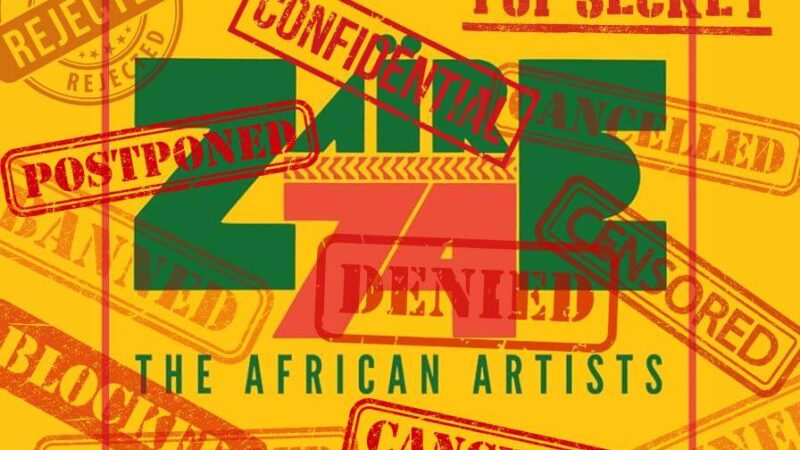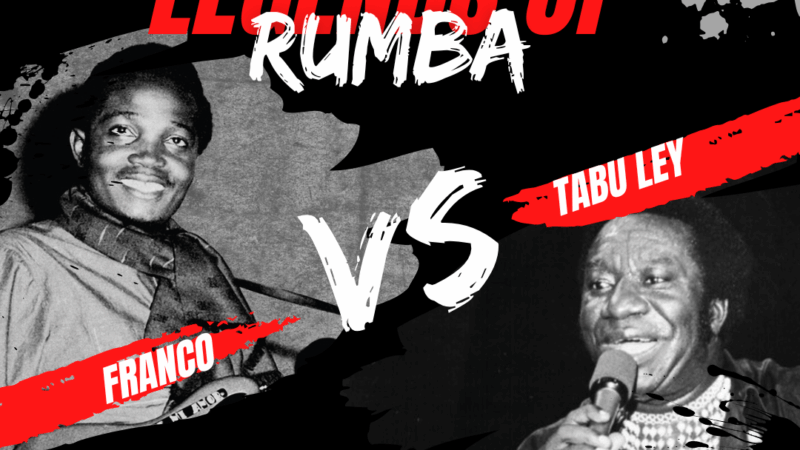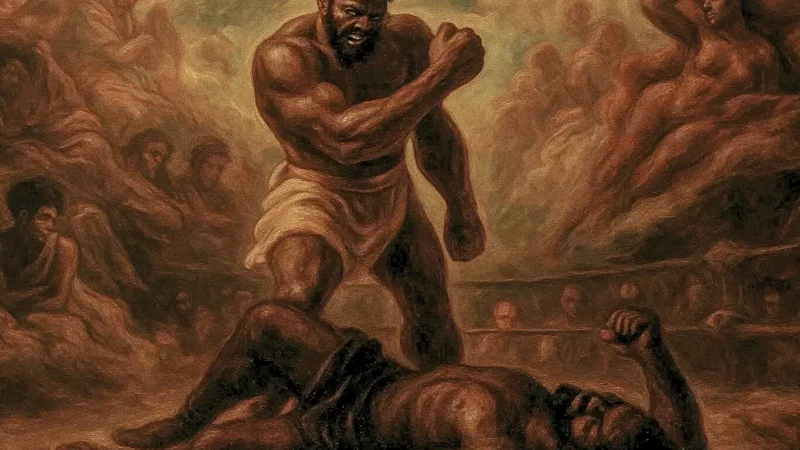The Gift and the Void: The Delayed Legacy of Zaire 74
I have already written about the Rumble in the Jungle, or rather how it was neither rumble nor jungle but a clash of two titans on sacred ground in Kinshasa. I have also written about the long rivalry between Franco and Tabu Ley, how their competition bent Congolese rumba into new shapes.
Once those two stories sit side by side, Zaire 74 is no longer background. It becomes the missing piece between the fight and the music, the nights when Ali’s city opened itself, gave its best, and then watched much of it disappear into a vault. This piece follows that trail into the stadium and into the tapes that slept for decades. If you want to know how a homecoming could turn into a silence, read on.



